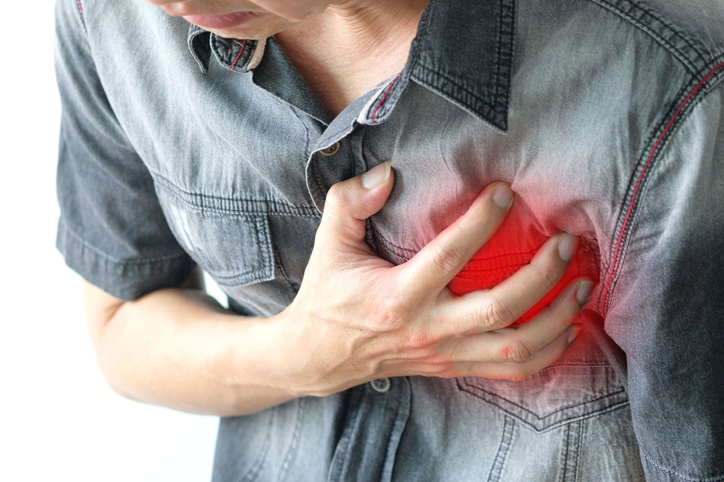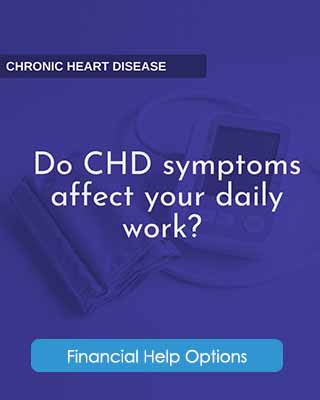
What is Heart disease?
Heart disease or cardiovascular disease is a condition that involves narrowed or blocked blood vessels. If these vessels cannot perform properly, it will often lead to a heart attack, chest pain, or stroke. Conditions that affect your heart muscles, valves, or rhythm are also forms of heart disease.
How common is Heart disease in Australia?
According to the Australian Institute of Health and Welfare, heart disease in Australia was the leading cause of disease, burden and death. In 2020–21, an estimated 571,000 Australians aged 18 and over (2.9% of the adult population) had coronary heart disease, based on self-reported data from the Australian Bureau of Statistics 2020–21 National Health Survey.
What are the different types of Heart disease?
From Heart Research Australia, the most common types of Heart disease are:
- Coronary heart disease
- Heart attack
- Heart failure
- Stroke
- Arrhythmias – abnormal heartbeats
- Aneurysm – a bulge caused by a weakening of the heart muscle or artery
- Septal defect – an abnormal opening between the left and right sides of the heart
- Peripheral vascular disease – a disease of the large blood vessels of the arms, legs, and feet
- Rheumatic heart disease – is caused by rheumatic fever, and mainly affects the heart valves
- Congenital heart disease – defects or malformations in the heart or blood vessels that occur before birth
There are many more different types of arthritis beyond this list that affect different joints in the body.
What are the risk factors for cardiovascular disease?
The CDC lists some of the main risk factors for cardiovascular disease:
- High blood pressure
- High blood cholesterol
- Smoking
- Diabetes
- Overweight and obesity
- Unhealthy diet
- Physical inactivity
- Excessive alcohol use
What are the causes of heart disease?
There are many possible causes of heart disease, including but not limited to:
- Lifestyle Choices
- Genetics
- Infections
- Medicines
- Other diseases.
What are the symptoms associated with heart / cardiovascular disease?
Often individuals do not show signs of heart disease until a heart attack. But you may have heart palpitations. According to Health Direct, the symptoms of a heart attack include:
- Chest pain — pressure or tightness in your chest that may spread to your jaw, neck or left arm
- Suddenly feeling dizzy, faint, light-headed or anxious
- Nausea or vomiting
- A feeling of indigestion
- Sweating, or a cold sweat
- Looking pale
- Shortness of breath or difficulty breathing
- Palpitations (being aware of your heart beating)
Females have slightly different symptoms during a heart attack include:
- Breathlessness and generally feeling unwell
- Tightness or discomfort in your arms
- Chest pain that feels more like burning, throbbing, tightness or like trapped wind
- A feeling of indigestion or upper tummy pain
- Upper back pain or pressure
Symptoms will vary from person to person. There may not be warning signs.
What help is available for Australians with heart disease?
The treatments for heart disease depend on the severity and type of disease.
Some common treatments are:
- Heart-healthy lifestyle changes
- Medications
- Surgeries
- Cardiac Rehabilitation: a supervised program that includes exercise, education, and counselling
More about Heart Disease in Australia

Financial Help for Heart Disease in Australia
Learn about the different types of financial claims for heart disease



